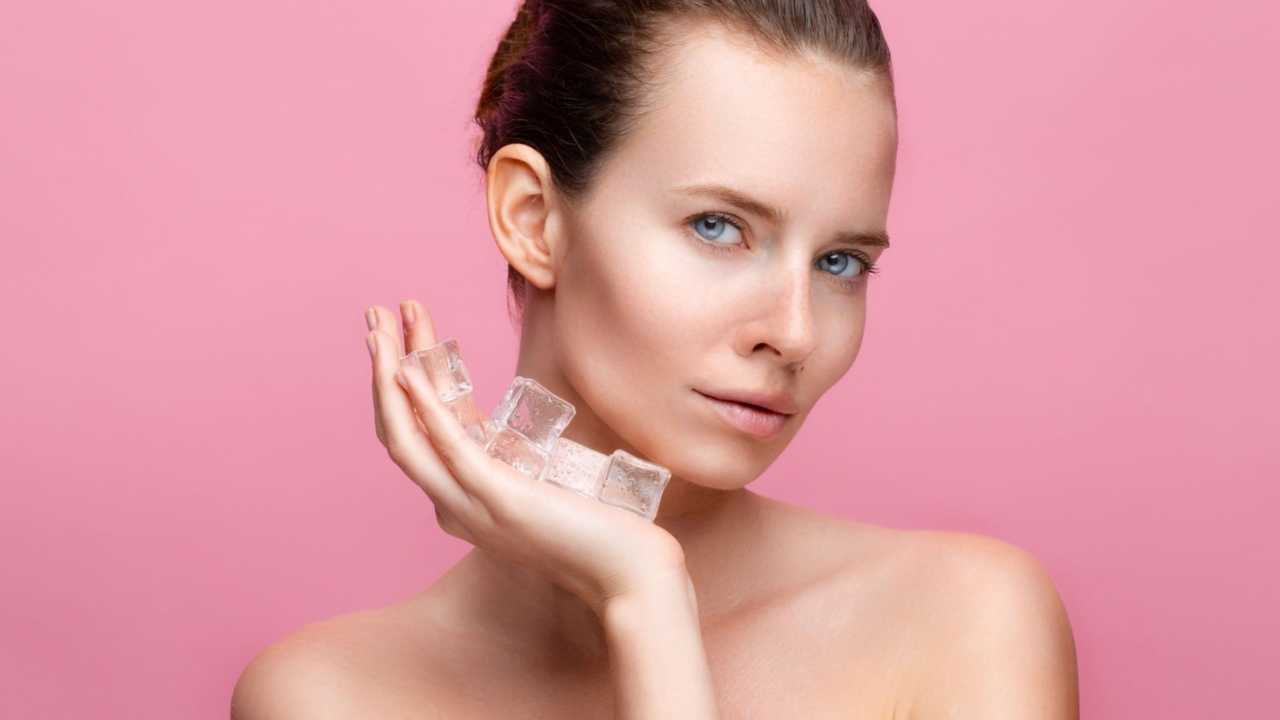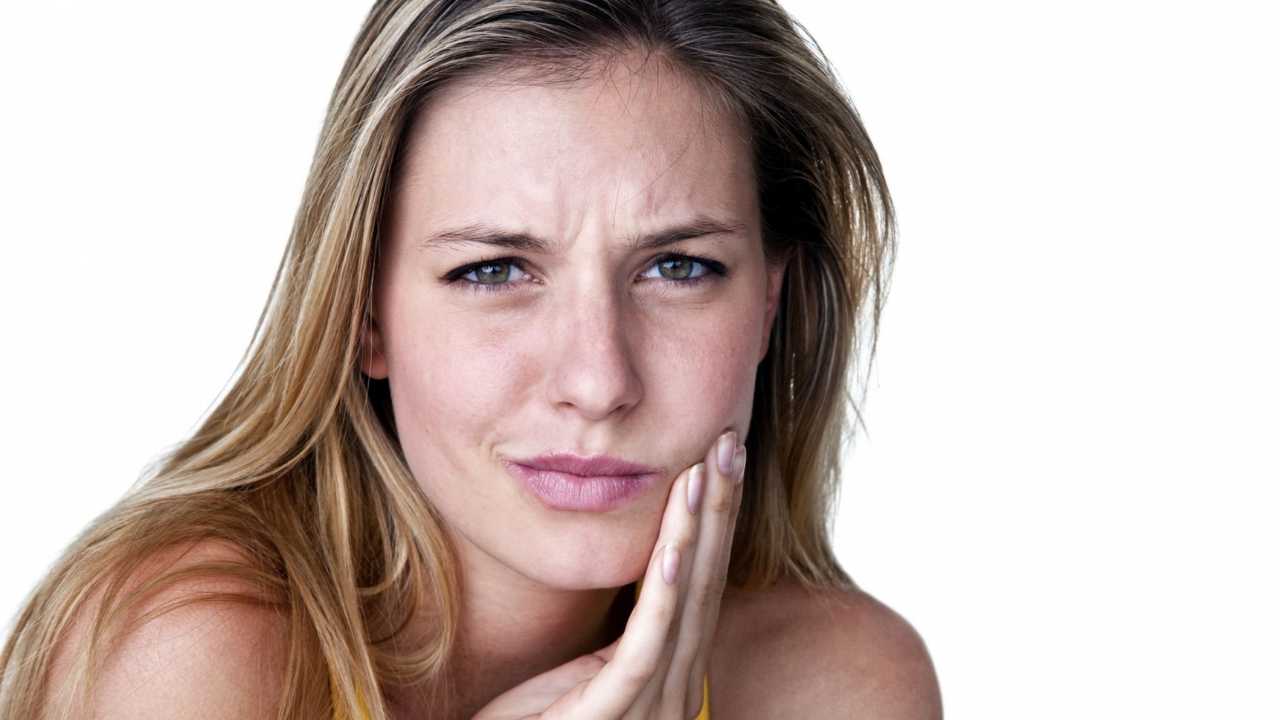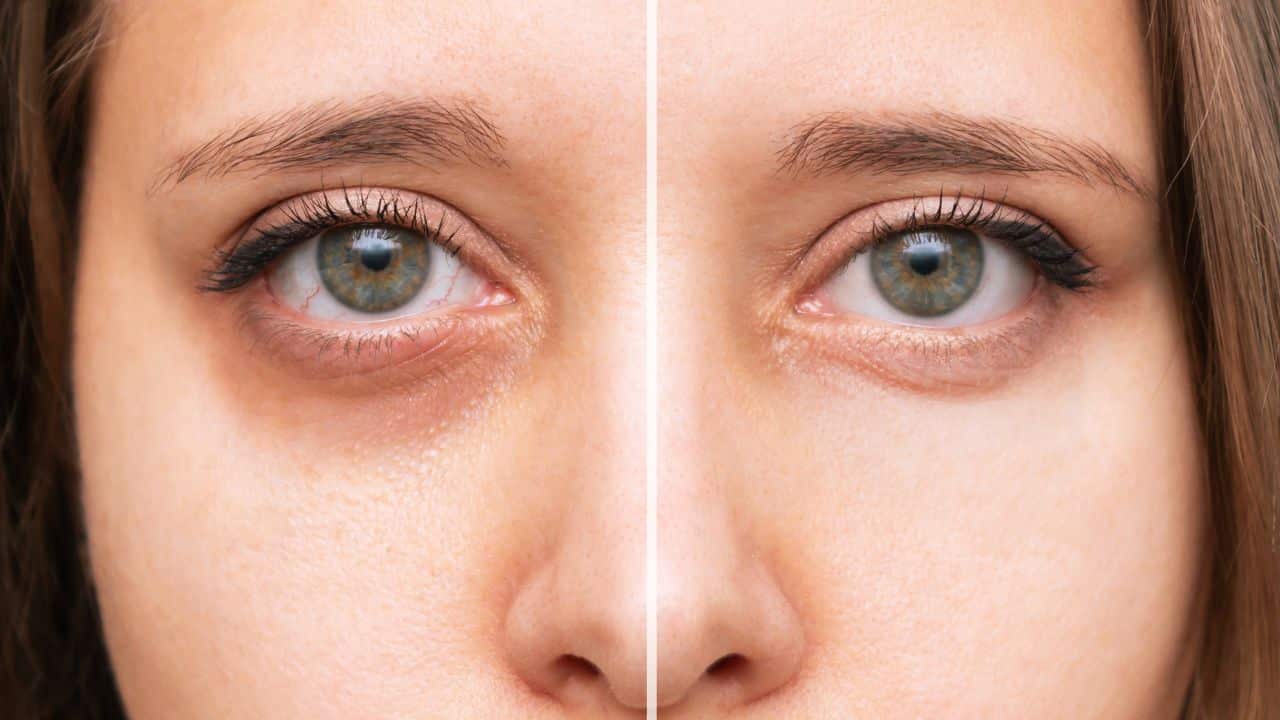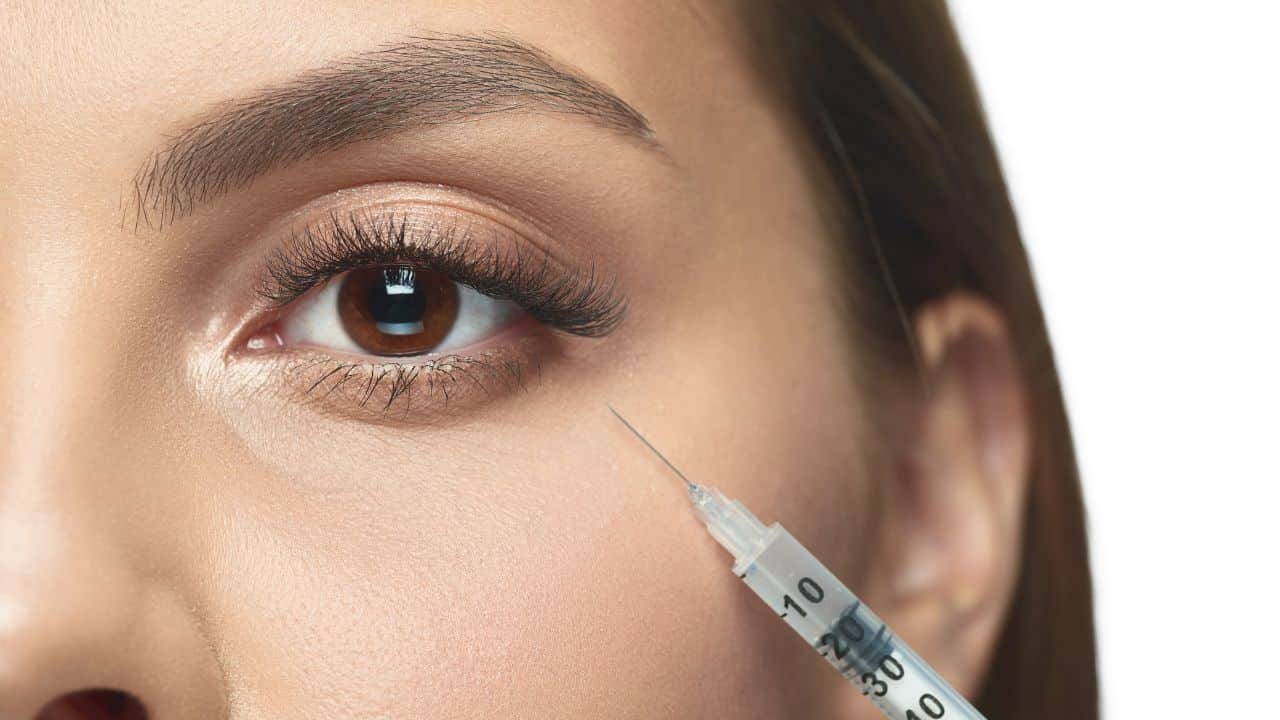As we continue our journey towards preserving our youth and enhancing our natural beauty, cutting-edge treatments like Platelet-Rich Plasma (PRP) injections are taking center stage. PRP has found its place in facial rejuvenation with its promising results and organic origin.
But with all great things, certain side effects can come, and facial swelling is one of them. You may wonder why does it happen? How long will it last? And most importantly, how can you manage it?
These are the pressing questions we’ll tackle in this blog post, arming you with a wealth of knowledge to make your PRP journey as comfortable and well-informed as possible.
Get ready to unlock the secrets behind PRP-induced facial swelling and discover effective remedies to speed up your recovery.
Why PRP for the Face?
The answer lies in their natural and minimally invasive approach. Unlike fillers or Botox, PRP uses your body’s resources to rejuvenate your skin. This “natural facelift” doesn’t introduce foreign substances into your body and is generally well-tolerated with a lower risk of allergic reactions.
PRP has emerged as a game-changer in our constant pursuit of age-defying treatments. The platelets in our blood are a natural source of growth factors, proteins that stimulate cell growth and healing. When injected into the face, they can stimulate collagen production, reduce wrinkles, and promote a youthful, rejuvenated appearance.
However, like all medical procedures, PRP injections have potential side effects, and one of the most common is facial swelling. As we delve deeper into this topic, we’ll unpack the causes and the most effective ways to manage this swelling.
Understanding Facial Swelling after PRP
Facial swelling following a PRP injection is a common side effect that patients should be aware of. This is the body’s normal reaction to an invasive procedure and can be seen as a sign that the healing process has begun.
Micro-trauma Triggering Inflammation
When the PRP is injected into the facial tissues, it causes micro-trauma to the skin, triggering an inflammatory response. This inflammation is an essential part of the body’s healing process, rushing increased blood flow and immune cells to the area to aid tissue repair and regeneration.
Swelling or Edema
One of the byproducts of this inflammation is swelling or edema, as fluids and white blood cells accumulate in the treated area. This typically results in temporary puffiness or a slightly swollen face appearance.
Swelling can vary from person to person. Some individuals might experience only minor swelling, while others might see more noticeable puffiness. This variation can depend on various factors, including individual skin type, overall health, the specific area treated, and the volume of PRP injected.
In most cases, facial swelling after PRP is not a cause for concern and resolves independently. However, understanding this process can help patients manage their expectations and ensure a more comfortable recovery after a PRP facial treatment.

How Long Does Facial Swelling Last After PRP Injection?
On average, the swelling starts to become noticeable a few hours after the procedure, reaching its peak within 24 to 48 hours. Generally, most patients find the swelling significantly reduces after the first three days.
However, this timeline can vary among individuals. The swelling’s duration can be influenced by factors such as
- Patient’s overall health
- Skin sensitivity
- The extent of the treatment area
- Individual physiological responses
The swelling may sometimes linger slightly longer, extending up to a week.
The good news is that this swelling is usually temporary and subsides naturally as the body progresses through its healing cycle. As the PRP stimulates tissue regeneration and healing, the inflammation response gradually reduces, decreasing swelling.
Patients should remember that while the swelling can be surprising initially, it’s a normal part of the body’s healing response. This understanding can help mitigate anxiety or discomfort associated with post-treatment facial swelling.
Of course, should the swelling persist beyond a week or be accompanied by severe pain, redness, or other signs of infection, it’s critical to seek immediate medical attention. These could be signs of a rare complication and require prompt treatment.
When Should You Be Concerned About Swelling?
While swelling is a natural and expected response to PRP facial treatments, there are circumstances where swelling could indicate a problem. Understanding these warning signs can help ensure that any potential complications are addressed quickly and effectively.
Severe Swelling
Although some swelling is expected after PRP treatment, severe swelling can indicate an adverse reaction. If the swelling significantly impedes your ability to perform normal activities or rapidly worsens, you must contact your healthcare provider immediately.
Prolonged Swelling
As previously mentioned, facial swelling typically begins to subside after a few days and, in most cases, completely resolves within a week. If your swelling persists beyond a week or appears to be worsening instead of improving, this could be a sign of a potential problem.
Additional Symptoms
Swelling that’s accompanied by other symptoms like severe pain, redness, heat, pus or discharge, or fever could be a sign of an infection or other complication. These symptoms should not be ignored, and immediate medical attention should be sought.
Localized Hardness or Lumps
While temporary hardness or small lumps may be experienced due to the normal healing process, any lumps that persist, grow in size or become painful should be evaluated by your doctor.
Allergic Reactions
Although rare, as PRP uses your body’s plasma, allergic reactions can occur due to the numbing cream or any other substance used during the procedure. Symptoms can include rash, itching, shortness of breath, or dizziness.
Remedies for Facial Swelling after PRP

While facial swelling after a PRP treatment is usually temporary and self-resolving, several strategies can help manage and reduce swelling, making your post-treatment recovery more comfortable.
Cold Compress
Applying a cold compress to the swollen area can help reduce inflammation and provide relief. It’s important to remember not to apply ice directly to the skin; instead, wrap the ice in a cloth or use a commercial cold pack. Aim to apply the cold compress for 15 minutes, with 15-minute breaks.
Elevation
Keep your head elevated, especially while sleeping, for the first few days post-treatment. This can help reduce fluid accumulation in the facial area, thereby reducing swelling.
Hydrate
Staying well-hydrated can help your body function optimally and support healing. However, avoid alcohol and excessive caffeine, as they can lead to dehydration and exacerbate swelling.
Healthy Diet
Consuming a balanced, nutritious diet can support your body’s healing process. Foods rich in vitamins, particularly C and K, can support skin health and recovery. Avoid salty foods as they can lead to water retention and increased swelling.
Rest
Your body heals best when it’s at rest. Avoid strenuous activity and get plenty of sleep after treatment to give your body the best chance to recover efficiently.
Over-the-counter Medication
Non-prescription anti-inflammatory drugs, like ibuprofen, can help reduce swelling and discomfort. However, always consult your doctor before taking any new medication following a PRP treatment.
Final Thoughts
While facial swelling after a PRP injection can be inconvenient, it’s typically a short-lived and manageable part of the healing process. Understanding why it happens, how long it lasts, and the remedies to ease it will equip you to navigate your PRP journey confidently.
It’s essential to remember that this temporary discomfort is often overshadowed by the lasting benefits PRP offers for skin rejuvenation. Don’t let the prospect of swelling deter you; with the right knowledge and guidance, you’re well on your way to enjoying the youth-restoring benefits of PRP facial treatments.





